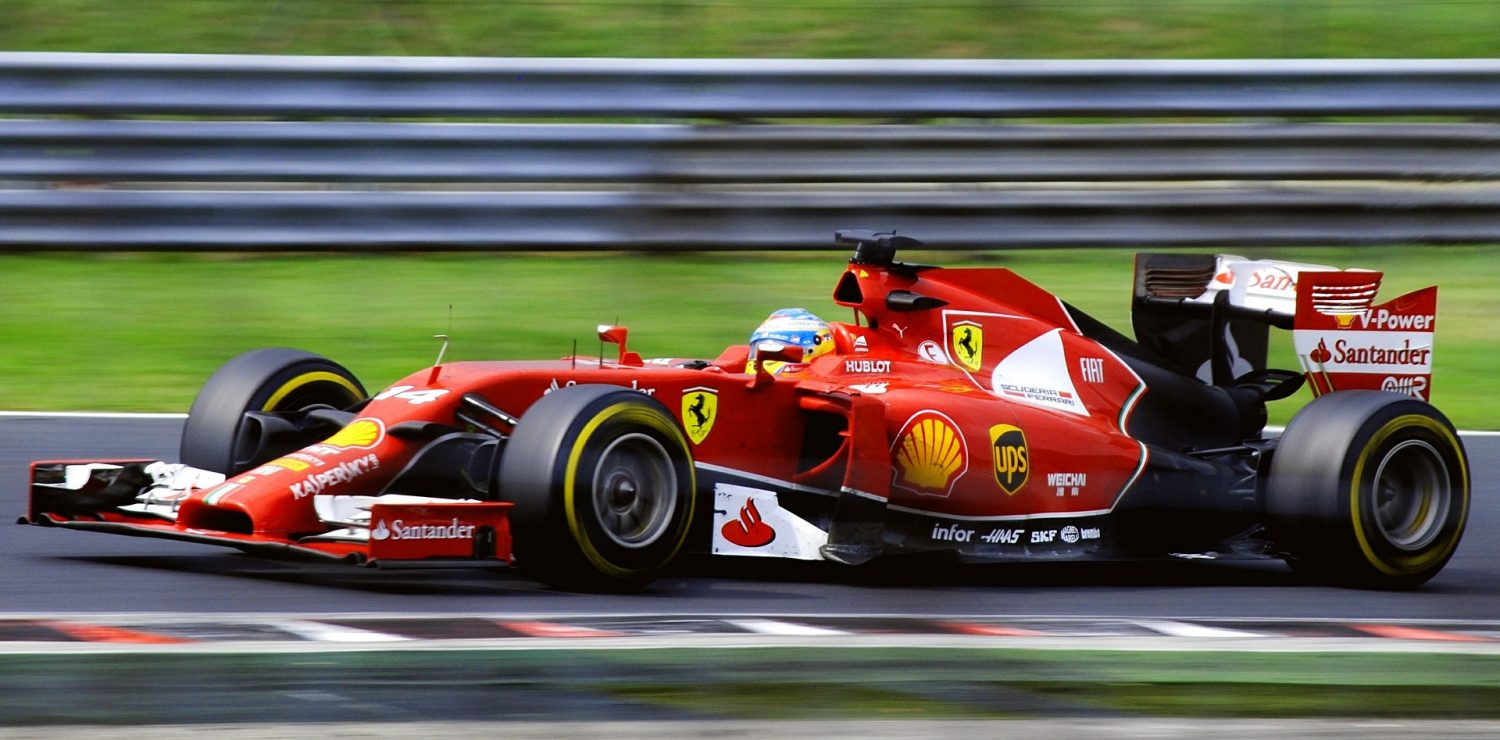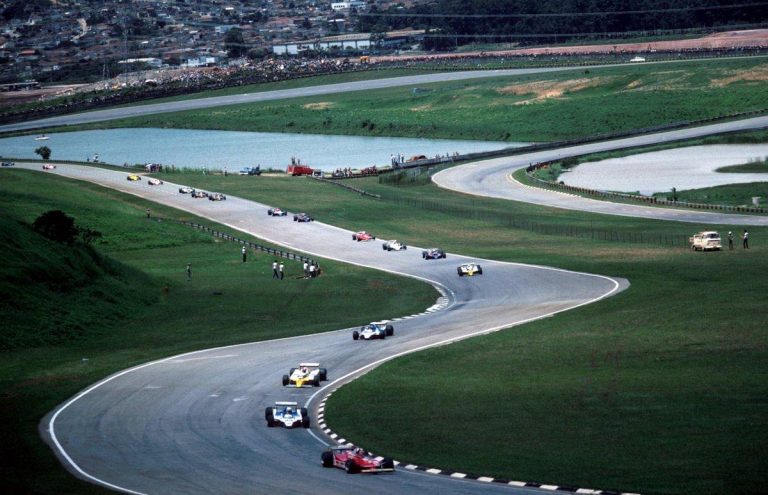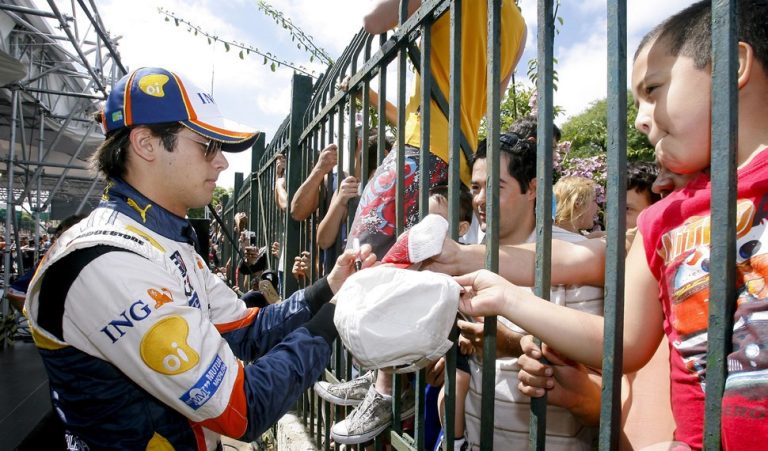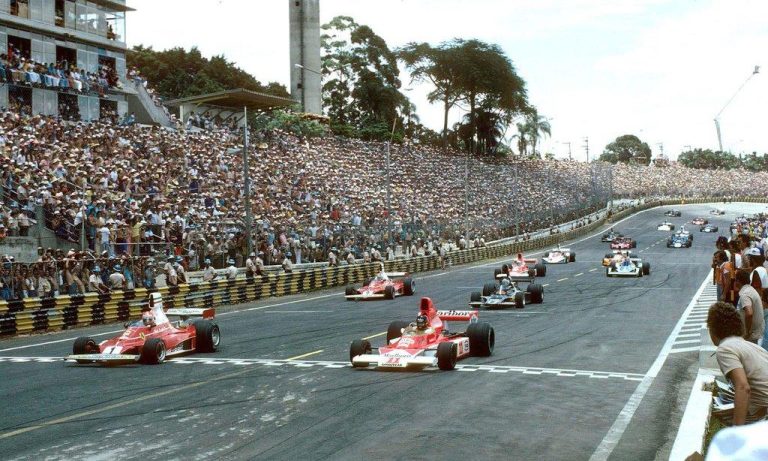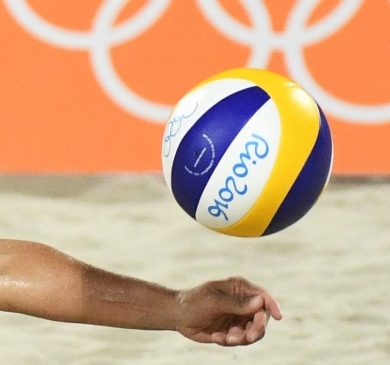In Brazil, alongside the unmistakable passion for football, Formula 1 has always held a special place in the hearts of fans. The fervor remains intact in the stands of Interlagos during the Grand Prix weekend, even as the great champions of the past have yet to be replaced. Retracing the history of this circuit is akin to retracing the history of Brazilian motorsports.
The Interlagos Circuit: A Unique Stage in the F1 World Championship
Brazil has long been an ideal location for motorsports, with the Interlagos circuit at the gates of São Paulo serving as its temple, much like Monza in Italy. Although constructed in the late 1930s, it wasn’t until the 1970s that Interlagos became a significant venue for motorsports, with excitement for the sport rising dramatically. The arrival of the young Emerson Fittipaldi in Formula 1 prompted Brazilian motorsport authorities to organize the first official Grand Prix of Brazil at Interlagos in 1973. Fittipaldi’s victories turned into national celebrations, and the festive atmosphere of batucadas (drumming ensembles) from football stadiums became a hallmark of the Brazilian Grand Prix.
Interlagos was temporarily replaced in the 1980s by the Rio-Jacarepagua circuit, which was more modern but lacked the festive spirit of Interlagos. Despite the presence of new champion Nelson Piquet, the move to Rio wasn’t successful. The Grand Prix returned to a renovated Interlagos in the early 1990s, regaining its former energy and becoming even more celebrated when Ayrton Senna, a national hero, won there twice.
The Legacy of Ayrton Senna
Ayrton Senna, often considered one of the greatest Formula 1 drivers of all time, is a significant figure in Interlagos’ history. Born in São Paulo, Senna’s connection to Interlagos was profound. His victories on this circuit were not just wins; they were moments of national pride. The electrifying atmosphere when Senna raced at Interlagos was palpable, with fans passionately supporting their local hero. His untimely death in 1994 was a massive blow to Brazilian motorsports, and the void he left has yet to be filled.
The Impact of Nelson Piquet
Nelson Piquet, another Brazilian legend, also made a significant impact on Formula 1 and the Interlagos circuit. Piquet, a three-time Formula 1 World Champion (1981, 1983, 1987), was known for his technical skill and strategic acumen. Although his prime coincided with the period when the Brazilian Grand Prix was temporarily held at Rio-Jacarepagua, Piquet’s influence was
felt strongly upon the return to Interlagos. His presence and victories helped to solidify Brazil’s reputation as a powerhouse in Formula 1, inspiring future generations of drivers and maintaining the sport’s popularity among Brazilian fans.
Rubens Barrichello: Another Brazilian Legend
Another prominent figure in Brazilian motorsport is Rubens Barrichello. Barrichello, who had one of the longest careers in Formula 1, racing from 1993 to 2011, is highly respected for his consistency and dedication. Although he never won a world championship, Barrichello achieved 11 Grand Prix victories and numerous podium finishes. His performances at Interlagos were
always highly anticipated, and he often expressed his deep emotional connection to racing at his home track. Barrichello’s career is a testament to endurance and passion, qualities that resonate deeply with Brazilian fans.
Felipe Massa: The Modern Hero
Felipe Massa is another notable figure in Brazilian motorsport. Massa, who raced in Formula 1 from 2002 to 2017, was a beloved figure at Interlagos. Known for his tenacity and skill, Massa came heartbreakingly close to winning the World Championship in 2008, losing by a single point in the final race at Interlagos. His emotional victory at that race, despite not winning the championship, remains one of the most memorable moments in Formula 1 history. Massa’s career encapsulates the highs and lows of racing, and his farewell at Interlagos in 2016 was a poignant moment for Brazilian fans, marking the end of an era.
Interlagos in the Modern Era
Since Senna’s death, Brazilian motorsports have struggled to produce new heroes of his caliber. However, attending a race at Interlagos remains a unique experience, with the passionate crowd’s fervor creating an electric atmosphere. On November 13, 2016, the last Brazilian representative in Formula 1, Felipe Massa, raced his final Brazilian Grand Prix before retiring, marking the end of an era with no Brazilian drivers on the 2017 grid—a first since 1970. Despite the rain-soaked race won by Lewis Hamilton, the 2016 Brazilian Grand Prix remains memorable for Massa’s emotional farewell and the unwavering support of the fans. Watching these races and the onboard camera footage allows fans to share in the excitement and skill of these racing legends.
The Atmosphere of Interlagos: More Than Just Racing
Interlagos is not only about the high-speed thrills and technical prowess of Formula 1 racing; it’s about the unique atmosphere that permeates the event. The crowd at Interlagos brings an unparalleled energy, transforming the race into a festival of sorts. The passion of Brazilian fans is evident in their songs, chants, and the rhythmic beat of batucadas, which add a cultural richness to the event. The circuit itself is challenging, with its mix of high-speed straights and technical corners, making it a favorite among drivers and fans alike. Its elevation changes and unpredictable weather conditions often lead to dramatic and exciting races, further cementing its status as a classic venue in the F1 calendar.
The Future of Interlagos
Looking ahead, the future of the Interlagos circuit remains a topic of interest for Formula 1 enthusiasts. There have been discussions about potential renovations and upgrades to keep the track up to modern standards while preserving its historical significance. The Brazilian Grand Prix continues to be a vital part of the Formula 1 season, attracting fans from around the world
and showcasing the enduring passion of Brazilian motorsport. Efforts are being made to ensure that the legacy of Brazilian drivers continues. Programs and initiatives aimed at nurturing young talent are crucial for maintaining Brazil’s presence in Formula 1. With the right support and investment, the next generation of Brazilian drivers could rise to prominence, continuing the tradition of excellence on the global stage.
Experiencing Interlagos
For visitors to Brazil, attending a race at Interlagos would be a special opportunity indeed. The circuit’s rich history, combined with the fervent support of Brazilian fans, makes for an unforgettable experience. Whether you are a die-hard Formula 1 fan or simply a lover of sports and culture, Interlagos offers a unique glimpse into Brazil’s motorsport heritage. The Grand Prix weekend at Interlagos is more than just a race; it’s a celebration. From the moment you arrive at the circuit, you are immersed in the excitement and anticipation that permeate the air. The sound of engines roaring, the sight of cars speeding by, and the collective energy of thousands of fans create an atmosphere that is electric and unparalleled. The Interlagos circuit stands as a testament to Brazil’s deep-rooted passion for Formula 1 racing. Its history is intertwined with the stories of legendary drivers like Emerson Fittipaldi, Nelson Piquet, Ayrton Senna, Rubens Barrichello, and Felipe Massa, whose achievements have left an indelible mark on the sport. Despite the absence of new Brazilian heroes in recent years, the fervor and enthusiasm of the fans remain undiminished.
Attending a race at Interlagos is more than just watching cars zoom around a track; it’s about experiencing the heart and soul of Brazilian motorsport culture. From the rhythmic beats of batucadas to the emotional highs of witnessing a favorite driver’s victory, Interlagos offers a unique and unforgettable experience. As Formula 1 continues to evolve, Interlagos remains a beloved venue, cherished by fans and drivers alike. Its blend of challenging racing, rich history, and vibrant atmosphere ensures that it will continue to be a highlight of the Formula 1 calendar for years to come. For those seeking to experience the thrill of Formula 1 in its most passionate and festive setting, a trip to the Interlagos circuit is a must. It is here, at the gates of São Paulo, where the spirit of Brazilian motorsport comes alive, offering a spectacle that is as exhilarating as it is inspiring.
